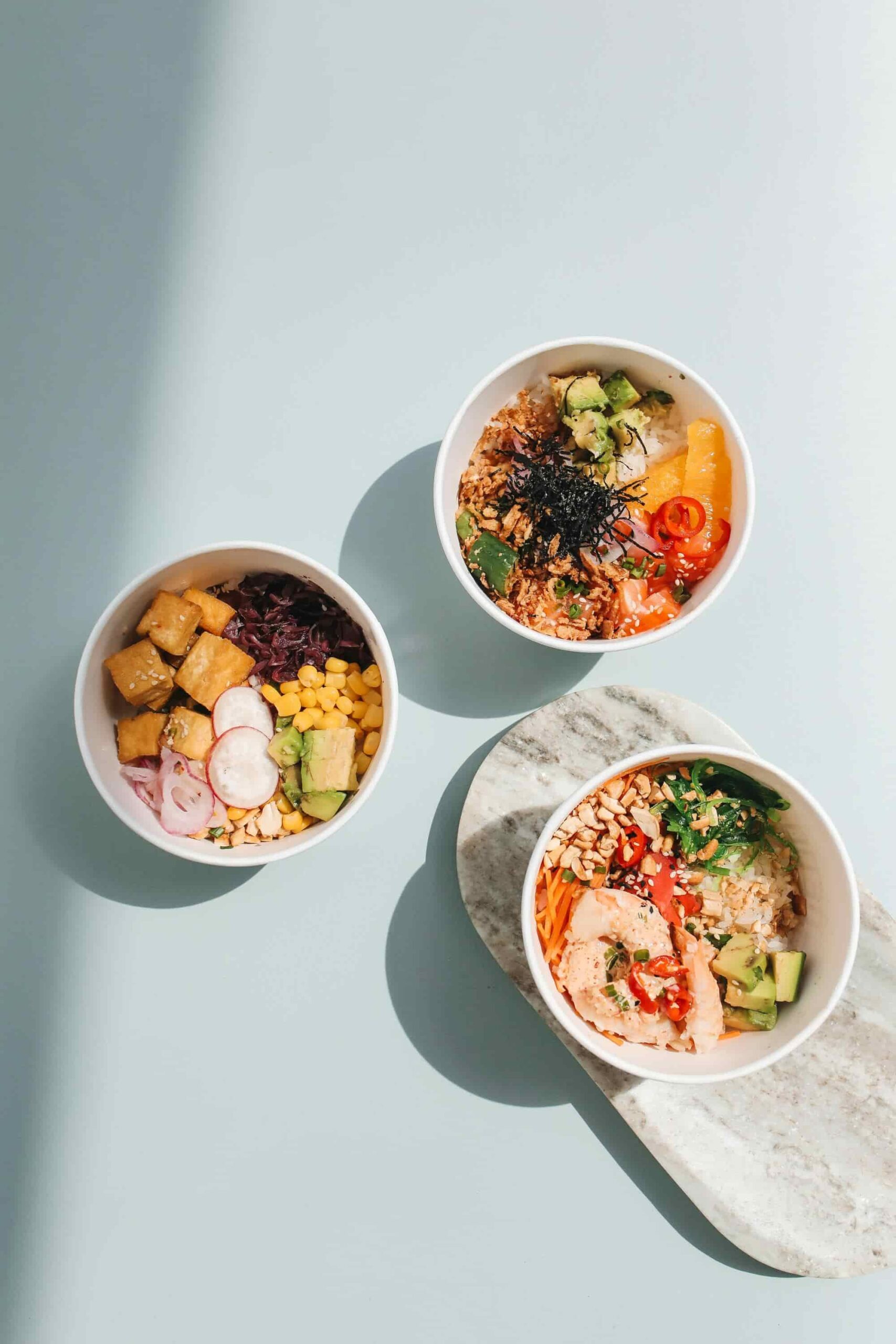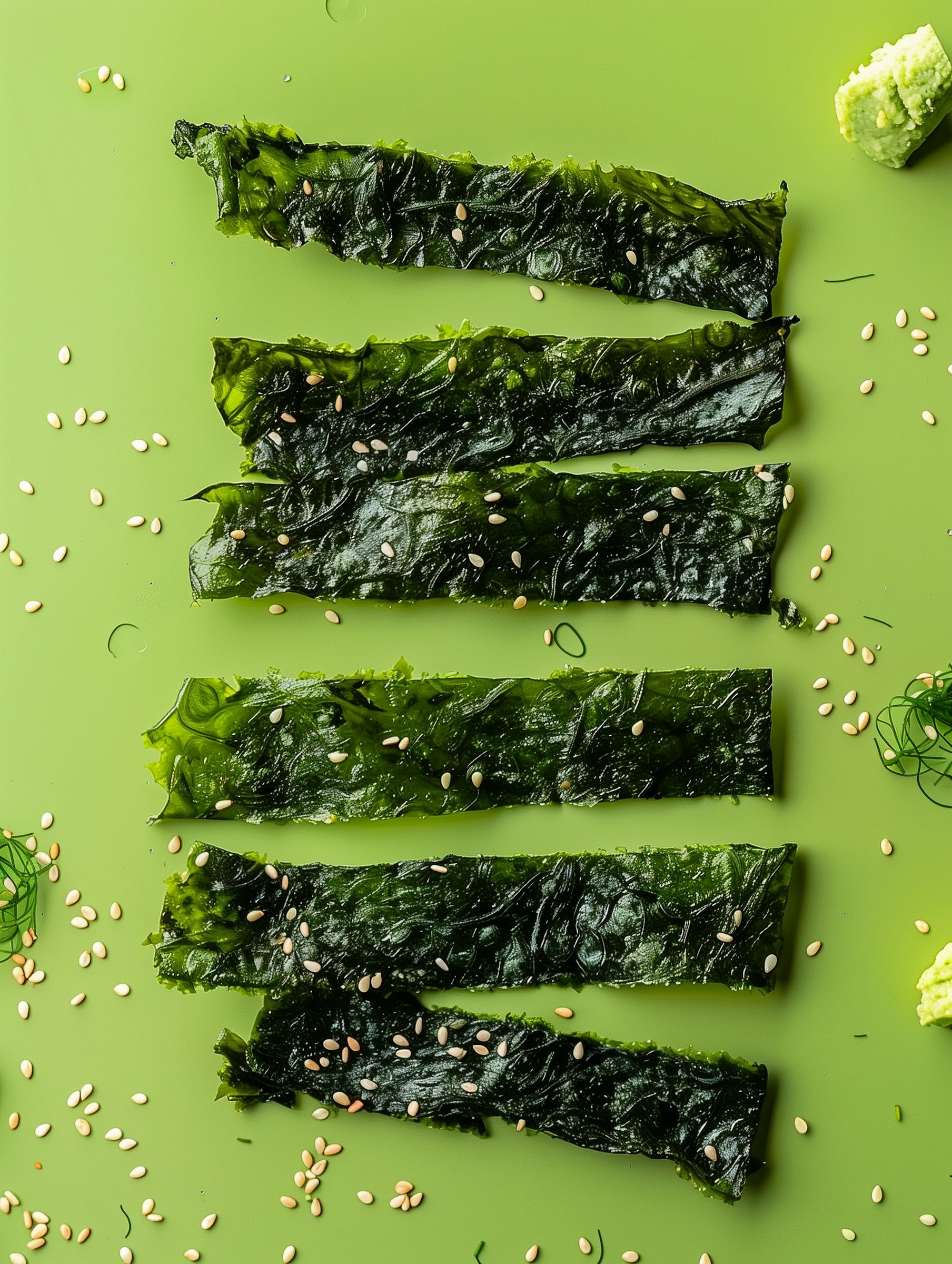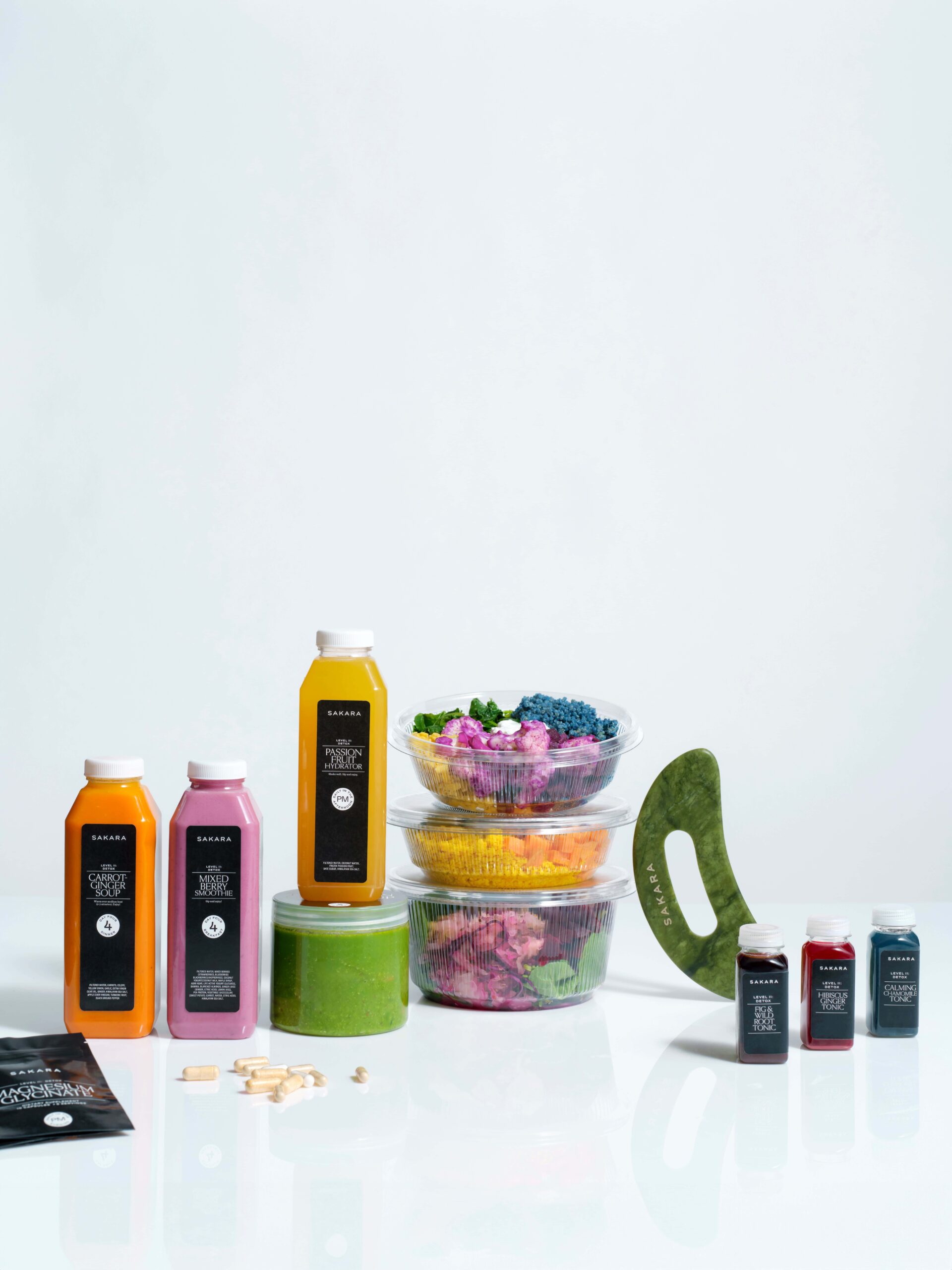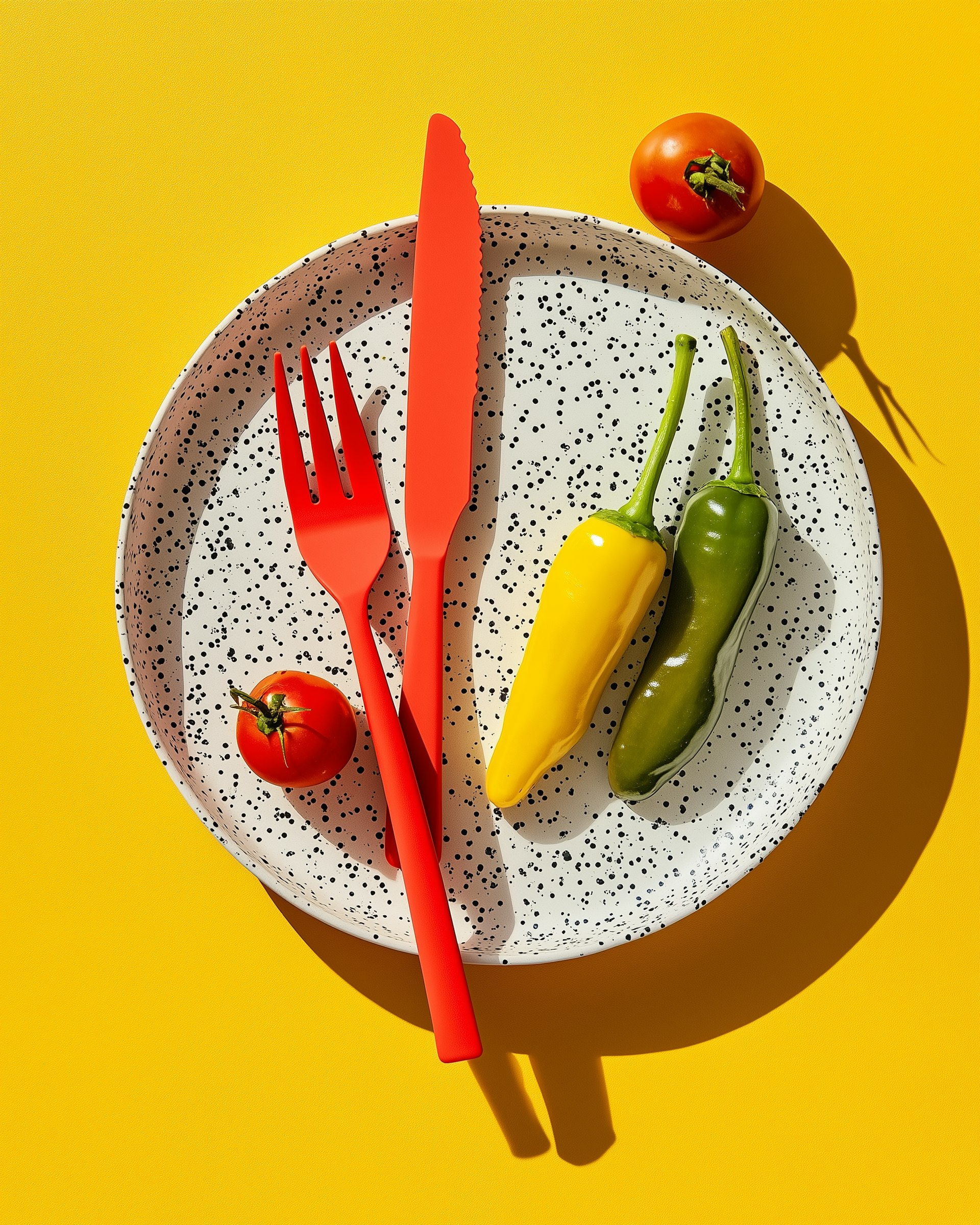
Discover the power of “blue foods” in revolutionizing our diets and protecting our planet. Blue foods, like nutrient-rich aquatic plants and algae, offer a low-carbon alternative to traditional meat sources. With only one-seventh the carbon footprint of beef, these diverse aquatic species support environmental conservation and provide essential nutrients to billions worldwide. Learn how incorporating blue foods into your diet can boost your health, support coastal communities, and contribute to a more sustainable food system.
In our quest to reduce individual carbon footprints and minimize environmental harm, our food choices play a crucial role. Enter the world of “blue foods” – a diverse array of aquatic species that offer a sustainable and nutritious alternative to traditional meat sources. This article explores the potential of blue foods in creating healthier, more equitable food systems while supporting both human nutrition and environmental conservation.
What Are Blue Foods?
Blue foods encompass a variety of animals, plants, and algae harvested from freshwater and marine environments. This category includes:
-
Over 540 species farmed or harvested in freshwater systems
-
More than 2,190 species are produced in marine ecosystems
One of the most compelling reasons to incorporate blue foods into our diets is their significantly lower carbon footprint compared to traditional meat sources:
-
Only one-third of the carbon footprint of chicken
-
Half the carbon footprint of pork
-
One-seventh of the carbon footprint of beef
Beyond carbon emissions, choosing blue foods can help:
-
Preserve marine biodiversity
-
Reduce pressure on wild fish stocks
-
Maintain crucial aquatic ecosystems
What is more, the blue food industry plays a vital role in global nutrition and economics:
-
Provides essential nutrients to over 3 billion people worldwide
-
Supports coastal communities and their livelihoods
-
Offers alternative protein sources to combat malnutrition
Nutritional Benefits of Blue Foods:
As a wellness scholar, I’ll of course be intrigued by the rich nutritional profiles of these foods:
-
Essential fatty acids (particularly omega-3s)
-
Vitamins (including hard-to-find nutrients)
-
Minerals
Many blue food species are excellent sources of:
-
Zinc
-
Iron
-
Vitamin A
-
Vitamin B12
Favorite Blue Foods and Sustainable Choices:
When incorporating blue foods into your diet, look for items with certifications from sustainable aquaculture groups like the Aquaculture Stewardship Council and Best Aquaculture Practices. Some popular options include:
-
Fish:
-
Salmon
-
Halibut
-
Cod
-
Tilapia
-
Trout
-
-
Shellfish:
-
Mussels
-
Clams
-
Crab
-
Shrimp
-
Prawns
-
Lobster
-
-
Aquatic plants:
-
Watercress
-
Water morning glory
-
Water chestnuts
-
Taro
-
Lotus
-
-
Algae:
-
Nori
-
Wakame
-
Spirulina
-
Dulse
-
Kombu
-
Sea moss
-
These options can be found fresh, frozen, tinned, or canned, making them accessible and convenient for various culinary applications.
The Role of Blue Foods in Global Health
Increasing blue food consumption can have significant positive impacts on global health:
-
Help prevent non-communicable diseases
-
Address nutrient deficiencies, especially in regions with high malnutrition rates
-
Provide a healthier alternative to red and processed meats
Recent research has compiled the world’s most extensive database on the nutritional value of blue foods, analyzing hundreds of nutrients found in more than 3,750 aquatic species consumed globally. This data underscores the potential of blue foods in meeting the dietary needs of nutritionally vulnerable populations.
Challenges and Considerations
While blue foods offer numerous benefits, it’s essential to acknowledge the associated risks and challenges. Sustainable harvesting practices and responsible aquaculture are crucial to ensuring the long-term viability of blue food sources and protecting aquatic ecosystems. The blue economy‘s focus on production growth rests on flawed assumptions about increasing blue food output, improving food security, and replacing capture fisheries with mariculture. Failing to address these blind spots will limit blue food’s potential to reduce hunger and meet sustainable development goals.
The Way Forward: Three Imperatives for Realizing Blue Food Potential
Blue foods represent a unique opportunity to address multiple global challenges simultaneously. As one expert notes, “Aquatic foods seem to be a unique win-win. They have very high nutrient richness and can be produced with relatively low environmental impacts compared to terrestrial meats.”
To fully harness the potential of blue foods, policymakers must leverage the availability of culturally appropriate and sustainably produced aquatic species when building pathways for nutritional equity. By recognizing the importance of blue foods for food and nutrition security, we can justify and motivate efforts to preserve the integrity and diversity of aquatic species and ecosystems.
As consumers, we can contribute to this blue food revolution by incorporating a variety of sustainable aquatic foods into our diets. By doing so, we not only improve our own health but also support a more sustainable and equitable global food system.
So here are three imperatives we need to keep in mind for better health- for ourselves, our loved ones, and future generations:
-
Integrate sustainable blue foods into the core of food system decision-making
-
Protect and develop blue foods’ potential to combat malnutrition
-
Support small-scale actors in fisheries and aquaculture
Inspired to make more sustainable food choices? Ready to explore holistic living beyond just nutrition?
Join The Call, a transformative, subscription-based membership and group mentorship program!
Gain access to exclusive content, expertly curated webinars, evidence-based info on plant-medicine, delicious, Ayurvedic recipes, evidence-based and practical tips, AMA (Ask Me Anything) sessions, and a supportive community dedicated to exploring the full potential of truly whole-person wellness.
Together, we can live the practical, evidence-based, truly holistic approach to health and vitality.
Start Building a Better Life Right Now!
Editor’s note: The information in this article, as well as all content produced and shared by Ivy Chan Wellness, including programs, memberships, and downloadables, are provided for informational and educational purposes only. They are not a substitute for professional medical advice, diagnosis, or treatment.







Comments +